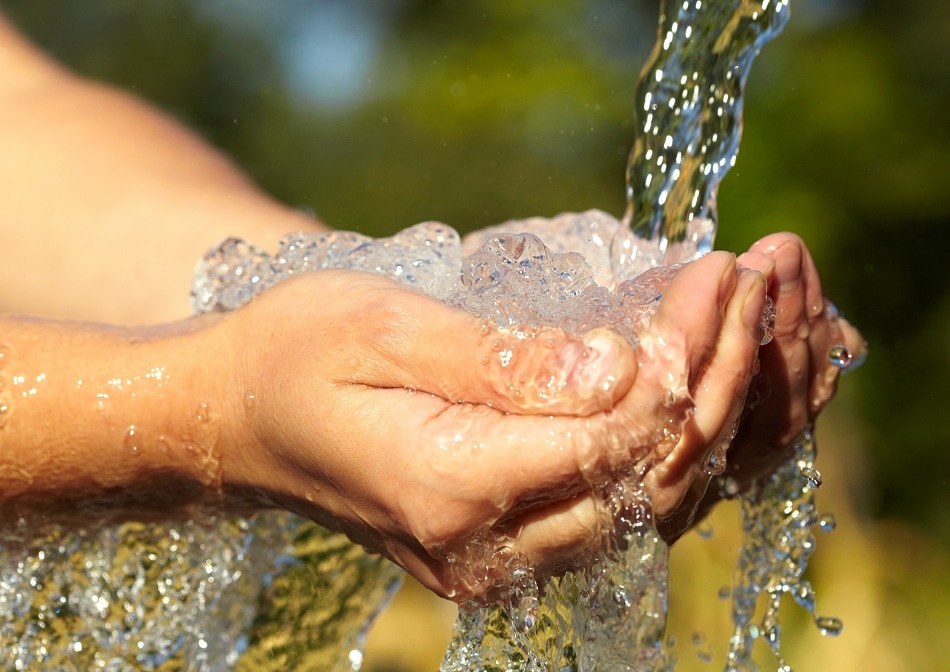Water Purification by the use of Nanotechnology
Purification of Water by Nanotechnology
Nanotechnology is a process that involves manipulating and controlling matter on the atomic scale. In the process of water purification, this involves using nanomembranes to soften the water and eradicate biological and chemical contaminants as well as other physical particles and molecules.
What’s more, is that nanotechnology is portable and can be incorporated into existing commercial devices which increases the likelihood that nanotech solutions could become a feasible option for areas of the developing world and places with limited infrastructure.
In recent years scientists have improved on conventional methods that use coagulants by taking their cues from nature, notably the ocean-dwelling Actinia organism. Traditional coagulants, such as aluminum sulfate and other metallic salts can pull out larger contaminants by causing them to group together and settle. However, this method is not effective for smaller particles and molecules and often requires additional methods to ensure the water is clean. Thereby increasing the cost and use of energy as several techniques are required to ensure the water is safe.
Another viable method of water purification currently in development that makes use of nanotechnology includes utilizing magnetically active nanoparticles to extract chemicals from water. The process enables the removal of toxins from drinking-water contaminants attracting nanoparticles that consist of magnetic phases. This solution would also be low-energy and could provide an economic advantage as well as health and environmental benefits. One such approach is the creation of a self-sustaining bio-foam that conducts heat and electricity by combining bacteria-produced cellulose with graphene oxide. The graphene-fused foam draws water up to the surface via the cellulose layer which accelerates evaporation. This results in a layer of freshwater that can be easily collected and is safe to drink. The foam is also lightweight and relatively inexpensive to manufacture making it an attractive alternative to conventional methods.
Contact: smartmaterials@pulsusseries.com
#nanotechnology #nanoparticles #conference #Frankfurt #Germany



I appreciate the up-to-date information and the way you've made a complex topic so accessible. It's clear you've put a lot of effort into ensuring readers can take away valuable insights.
ReplyDeleteSafety Training Academy